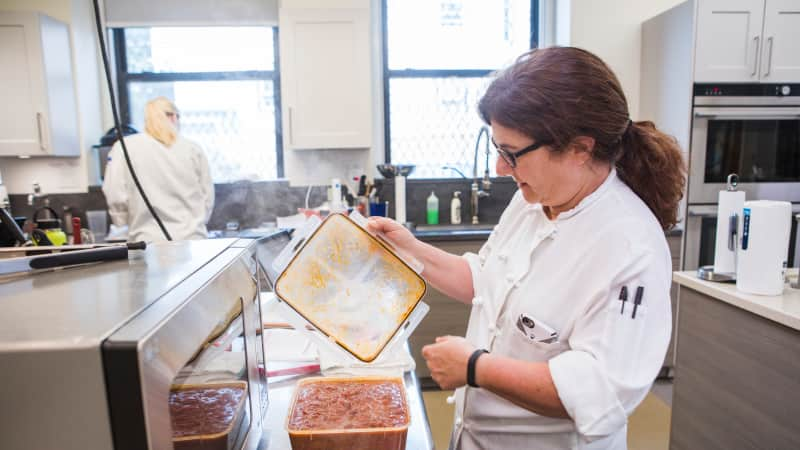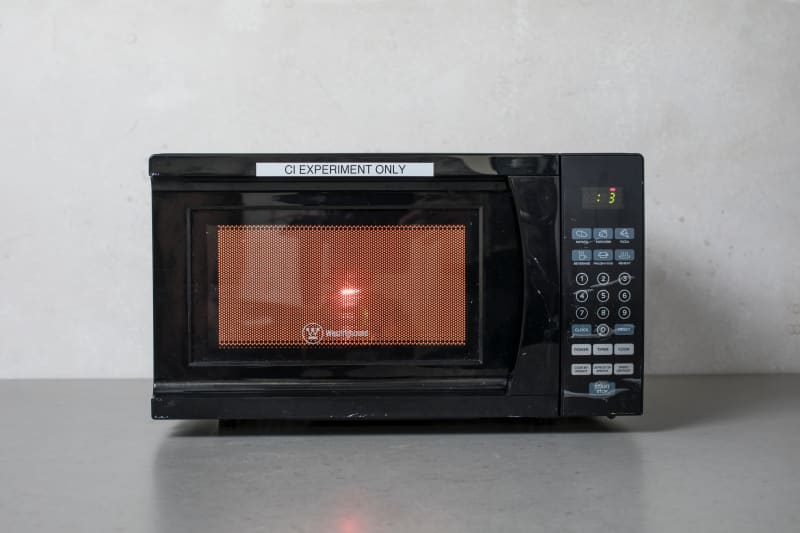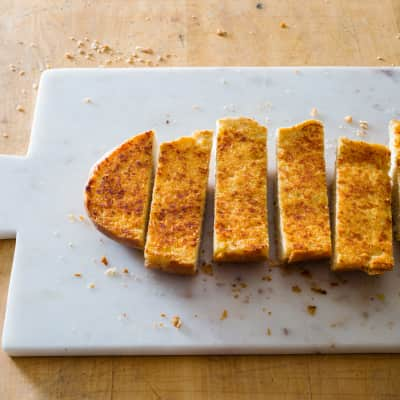Microwave ovens employ a device called a magnetron that emits electromagnetic waves (“microwaves”) that oscillate billions of times per second, causing water molecules (and, to a lesser extent, oil molecules) in the food to move at the same incredibly fast rate, increasing their temperature.
Microwave Cooking: When to Use the Power Levels
Published July 25, 2019.

Here’s the catch: In most microwave ovens, because the magnetron is designed to emit a single wavelength, the intensity of the radiation can’t be altered. It can, however, be turned on and off, and that’s exactly what power levels do. When you lower the power level in a microwave oven, you decrease the amount of time the magnetron stays on. To see this phenomenon in action, we grabbed some LED light bulbs (which also respond to microwaves) and did some experimenting.
Experiment
We placed an LED bulb in a microwave oven and ran the oven for 1-minute intervals at 100 percent, 50 percent, 30 percent, and 10 percent power. At 100 percent power, the bulb stayed lit the entire time. At the lower power levels, it cycled on and off intermittently. The total amount of time it stayed on was in proportion to the power level: The bulb lit up for a full 60 seconds at 100 percent power but a total of 30 seconds at 50 percent power, 18 seconds at 30 percent power, and 6 seconds at 10 percent power.
Microwave models may vary in the proportion of time they stay on at different power levels, but you can determine when yours is on (or off). Here’s how to do that: Listen for the familiar low hum, which is actually the sound of the magnetron running. We found that the humming stopped exactly when the bulb turned off and vice versa.

Takeaway
If using the power button just cycles the oven on and off, why not simply microwave food for less time on high power? Here’s why: Microwaves penetrate only the outer ¼ to 1 inch of food, and they can quickly superheat these regions. Running a microwave oven at lower power levels gives heat time to disperse away from the surface and toward the center, preventing the exterior from burning or drying out. This can be critical when heating solid foods you can’t stir (such as frozen foods or a block of lasagna); it also reduces the need to stir when heating/reheating liquids.
Tips for Using Your Microwave’s Power Levels
- No need to lower power level when:
- Heating water (or watery soups or beverages)
- Making popcorn (or other foods less than ½ inch thick)
- Lower power level to 50 percent when:
- Heating/reheating foods that can’t be stirred, such as lasagna, frozen chicken, potatoes
- Bringing food to specific temperatures: softening butter, tempering chocolate
- Lower power level OR stir frequently when:
- Heating dairy-based foods such as chowder that can curdle
- Heating splatter-prone foods such as tomato sauce
- Melting splatter-prone butter




